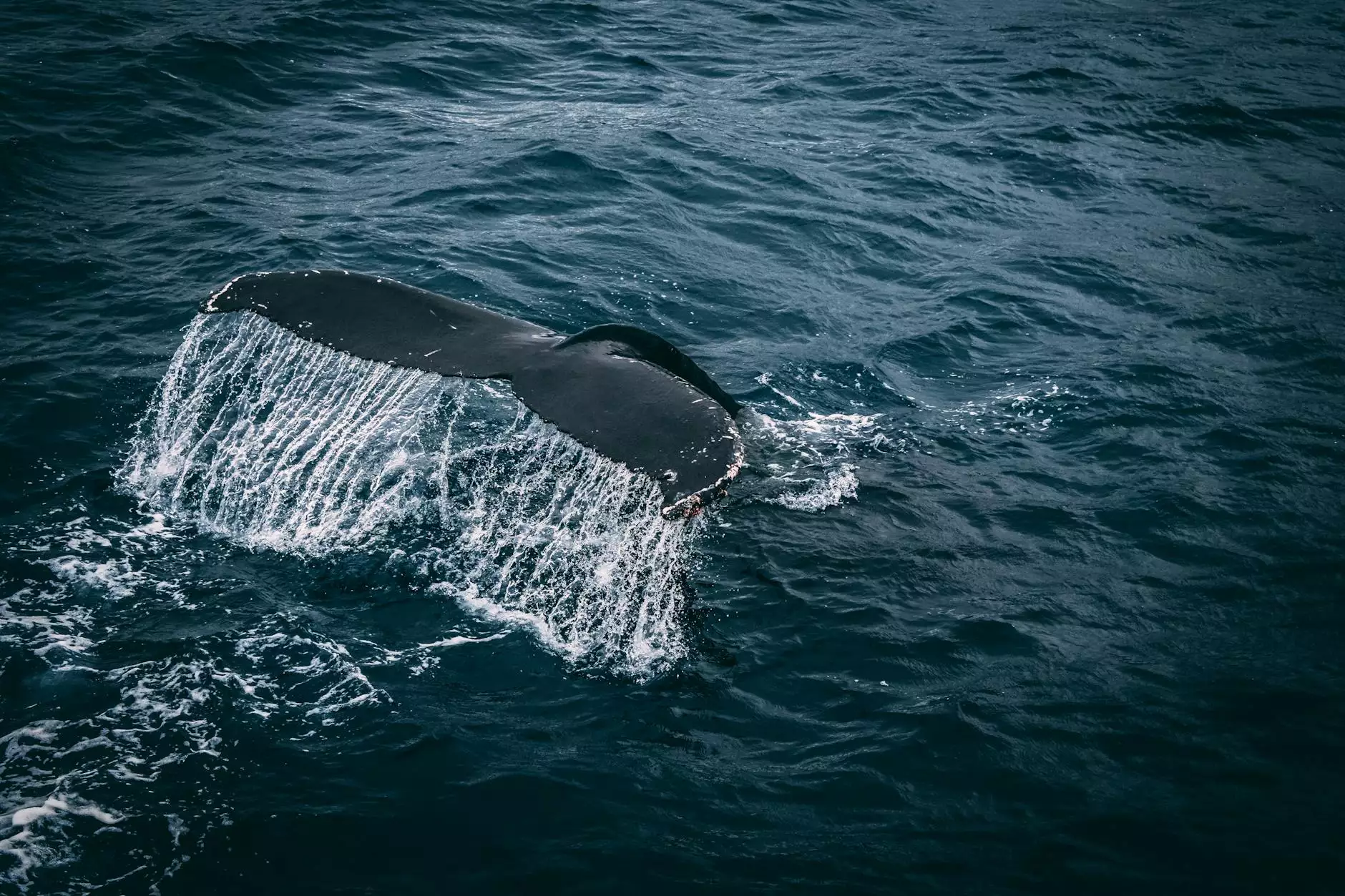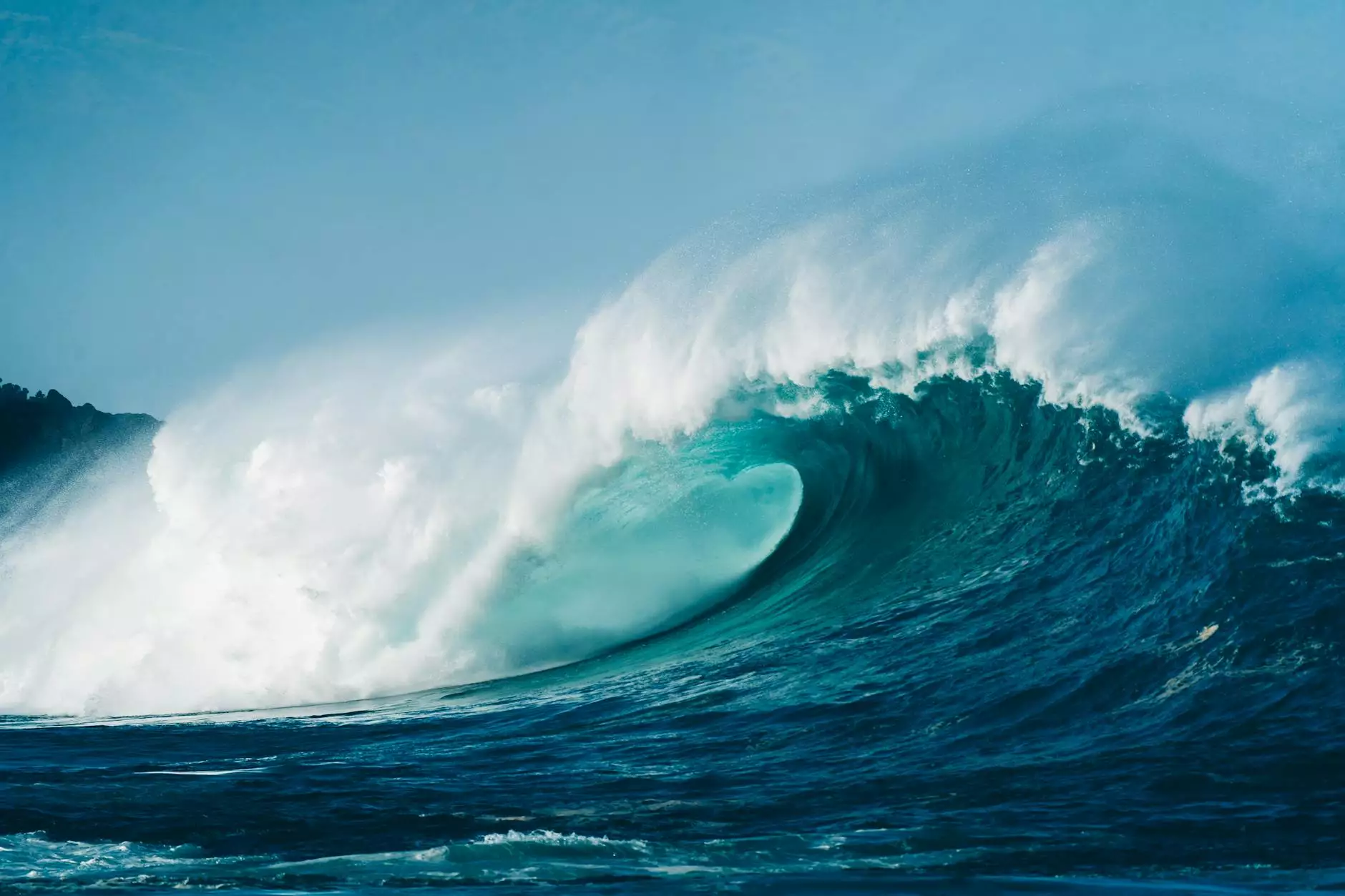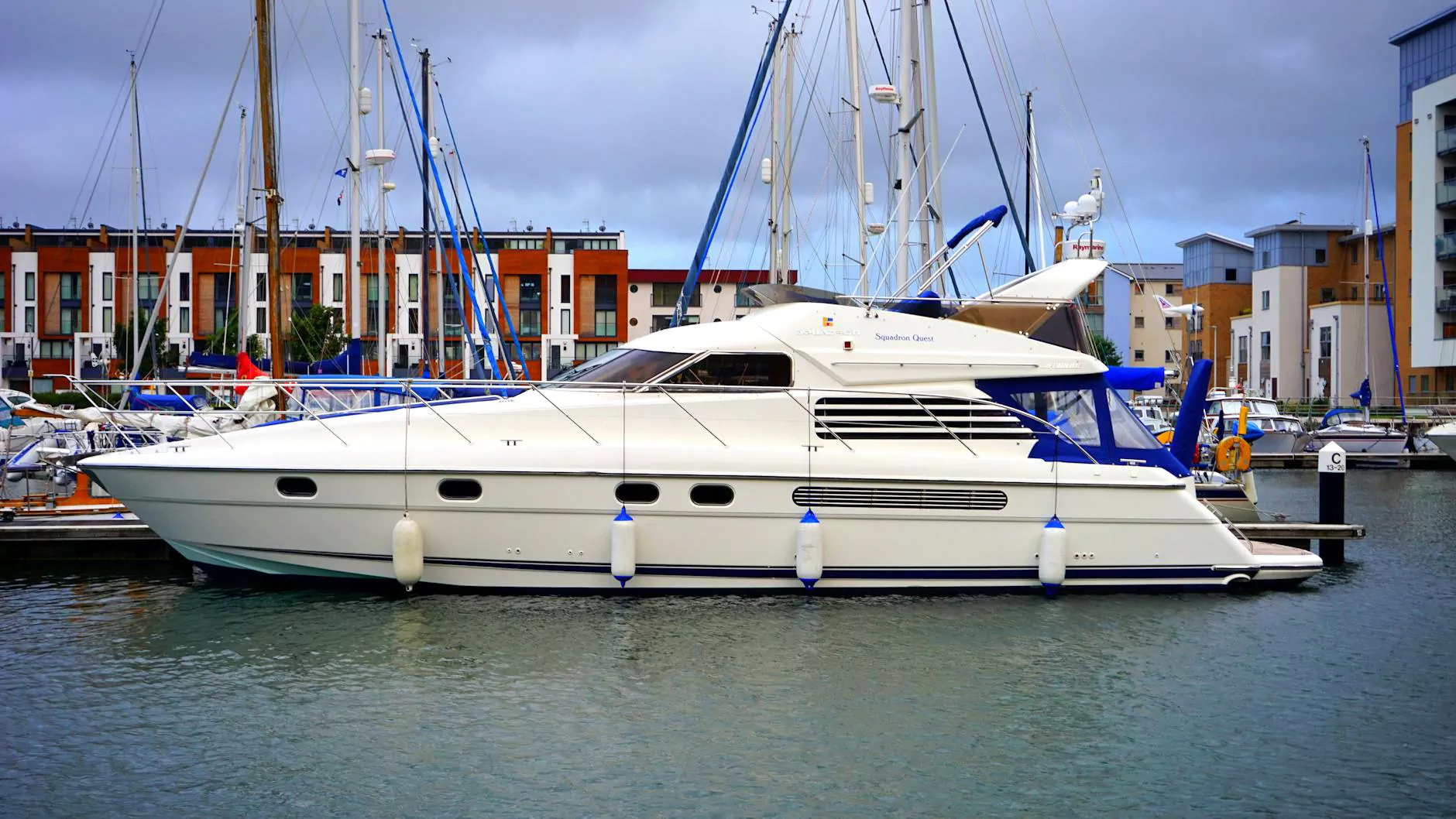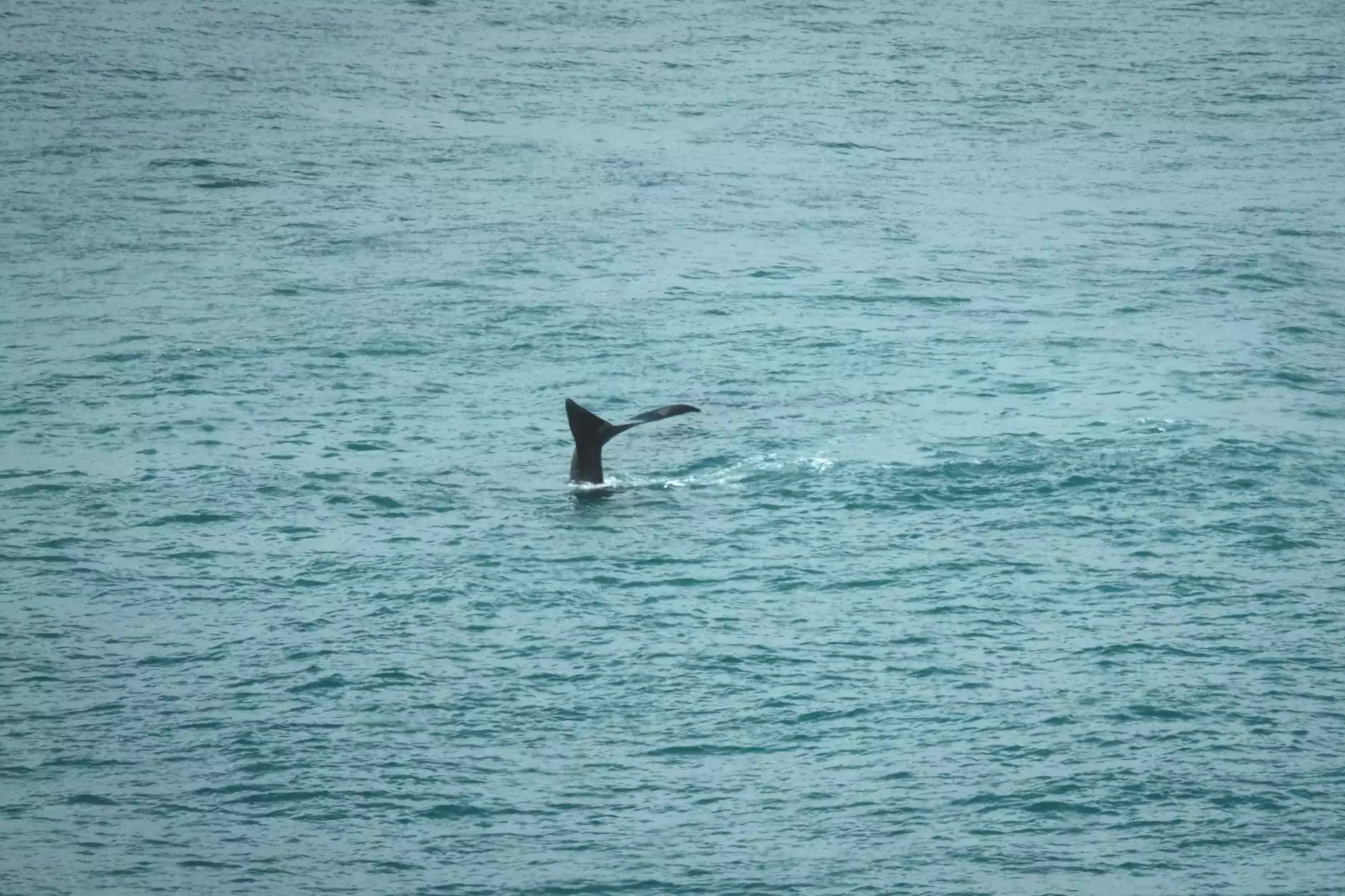Conowingo Dam is Harming the Chesapeake Bay
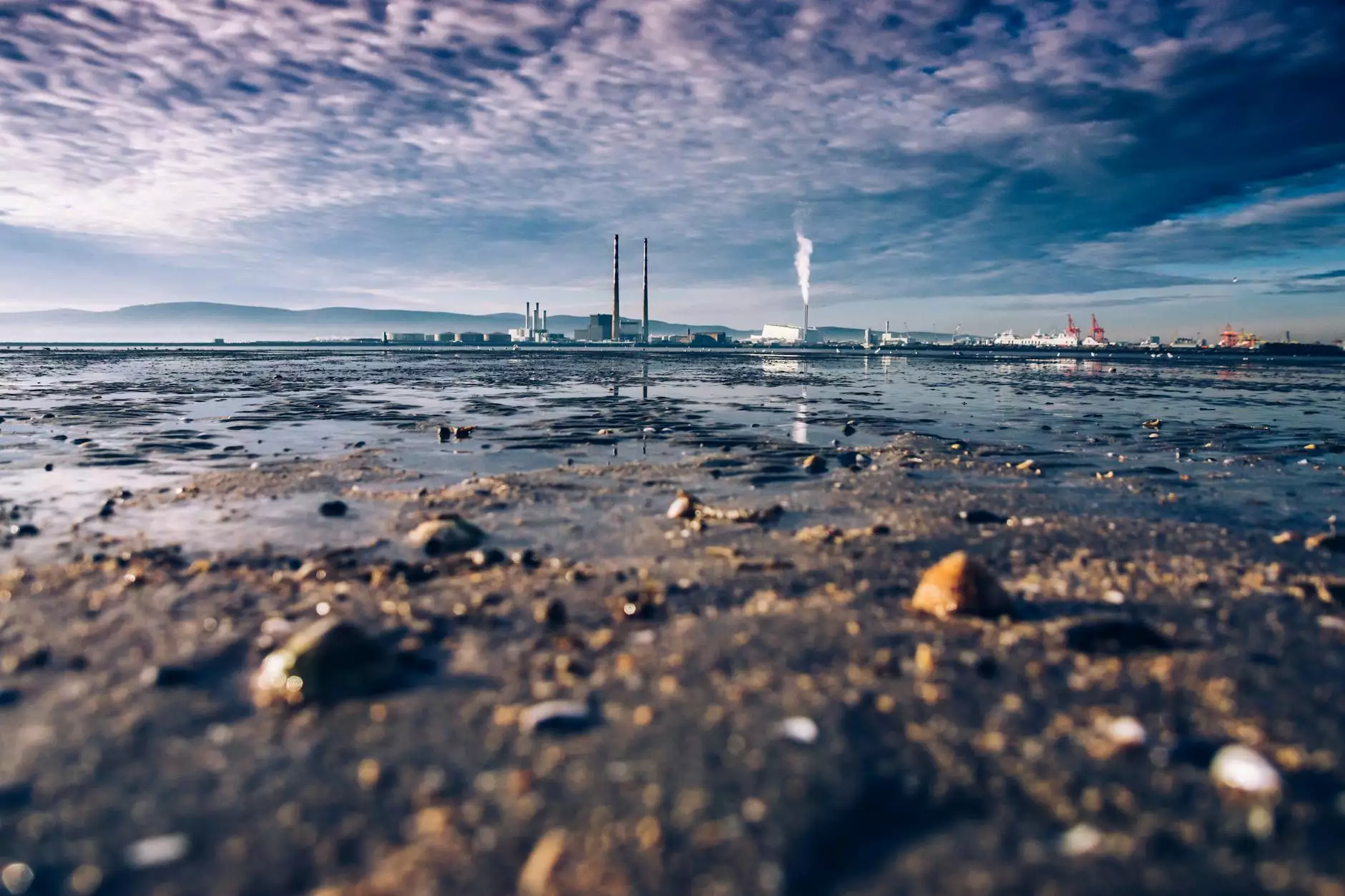
Introduction to the Conowingo Dam
The Conowingo Dam, located on the Susquehanna River in Maryland, has long been a significant feature in the Chesapeake Bay watershed. Built in 1928, this hydroelectric dam has been generating electricity and providing flood control for decades. However, its operation has not come without consequences, and its impact on the health of the Chesapeake Bay is a matter of concern.
The Environmental Impact
The operation of the Conowingo Dam has led to significant environmental challenges in the Chesapeake Bay. One of the key issues is sediment pollution. Over time, the dam has accumulated large amounts of sediment behind it, trapping pollutants like phosphorus and nitrogen. When heavy rainfalls occur, these sediments get released into the Bay, causing further pollution. This excess sediment and nutrient overflow disrupts the delicate balance of the Bay's ecosystem, affecting the water quality and leading to harmful algal blooms.
The Clean Chesapeake Coalition's Fight
The Clean Chesapeake Coalition, an influential environmental group dedicated to protecting the Bay, recognizes the impact of the Conowingo Dam on its health and has been actively addressing this issue. Comprised of various organizations, including Bill 4 Bills Sportfishing, they are working towards finding solutions to mitigate the pollution caused by the dam.
Bill 4 Bills Sportfishing's Involvement
As a prominent name in the sportfishing industry and a passionate advocate for the Chesapeake Bay, Bill 4 Bills Sportfishing is actively contributing to the restoration efforts. By participating in collaborative initiatives with the Clean Chesapeake Coalition, they aim to raise awareness about the harmful effects of the Conowingo Dam and support measures to reduce pollution in the Bay.
Restoration and Preservation Efforts
The Clean Chesapeake Coalition and Bill 4 Bills Sportfishing are pushing for sustainable solutions to address the Conowingo Dam's impact. These efforts include implementing sediment control strategies, supporting research projects, and advocating for better management practices. By promoting eco-friendly fishing techniques, responsible angling, and spreading knowledge about the importance of preserving the Chesapeake Bay, Bill 4 Bills Sportfishing aims to make a tangible difference in the restoration and preservation of this valuable ecosystem.
The Future of the Chesapeake Bay
The restoration of the Chesapeake Bay is a complex task that requires collective action. It's vital for individuals, organizations, and governmental bodies to work together to reduce pollution, restore habitats, and enhance the overall health of the Bay. By addressing the issues associated with the Conowingo Dam and supporting the Clean Chesapeake Coalition, Bill 4 Bills Sportfishing is playing a crucial role in shaping a better future for the Chesapeake Bay.
Conclusion
The Conowingo Dam's impact on the Chesapeake Bay cannot be ignored. Its sediment accumulation and subsequent releases are contributing to pollution and threatening the ecological balance of the Bay. The Clean Chesapeake Coalition and Bill 4 Bills Sportfishing are committed to addressing these challenges, working towards sustainable solutions, and raising awareness about the importance of preserving this beautiful ecosystem. Together, we can make a positive and lasting impact on the health of the Chesapeake Bay.

